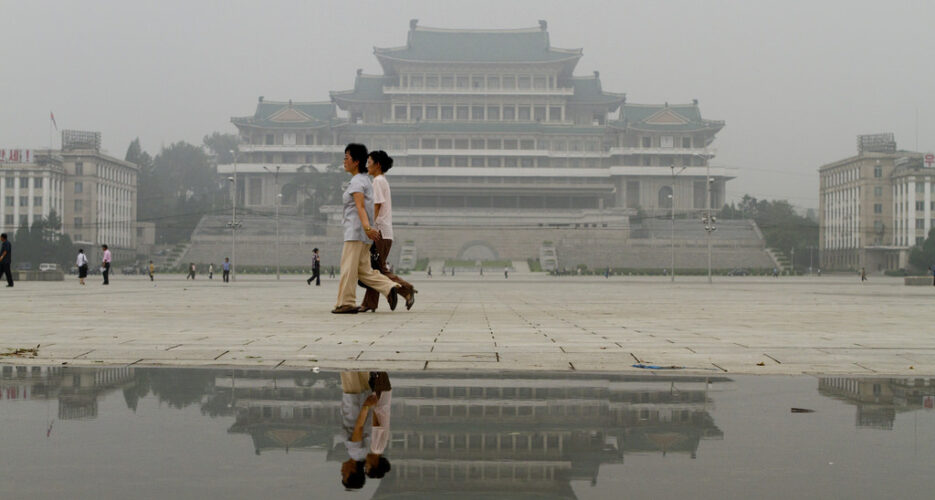About the Author
Fyodor Tertitskiy
Fyodor Tertitskiy is a lecturer at Seoul’s Korea University. He is the author of "Accidental Tyrant: The Life of Kim Il-sung" and several other books on North Korean history and military.

Get behind the headlines
|
Features How sourcing for North Korean studies has changed over timeAccess to documents from 70s and 80s 'dark era' still most difficult, but may improve in future  All high-quality studies of North Korean history have one unusual tendency: when it comes to the 1940s, the normally-referenced official documents are those of North Korean and Soviet authorities. When it comes to the later ages, however, the focus gradually shifts to documents of foreign embassies in the DPRK, official North Korean publications, and, ultimately, testimonies of people who escaped from the DPRK, mixed with occasional secret documents of North Korea. © Korea Risk Group. All rights reserved. |